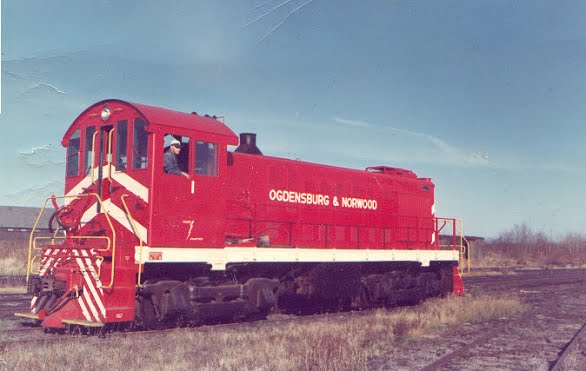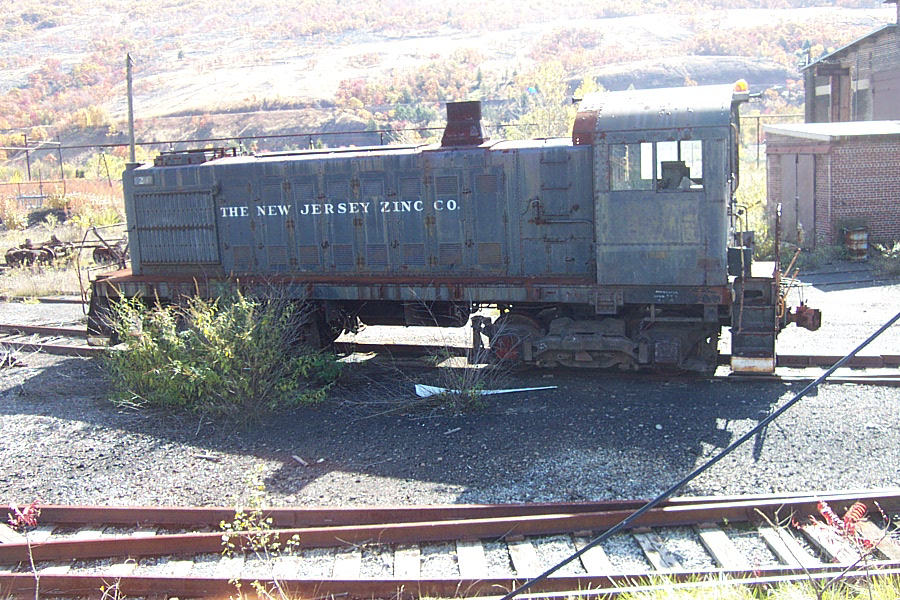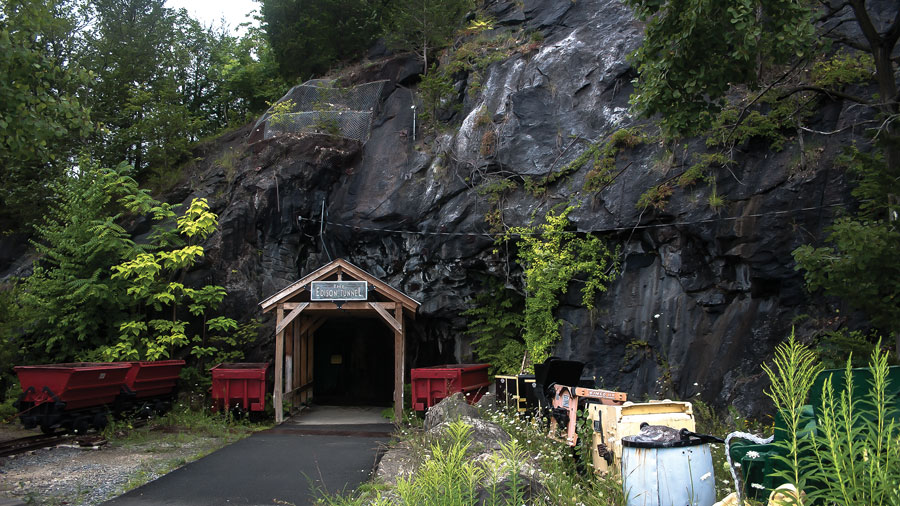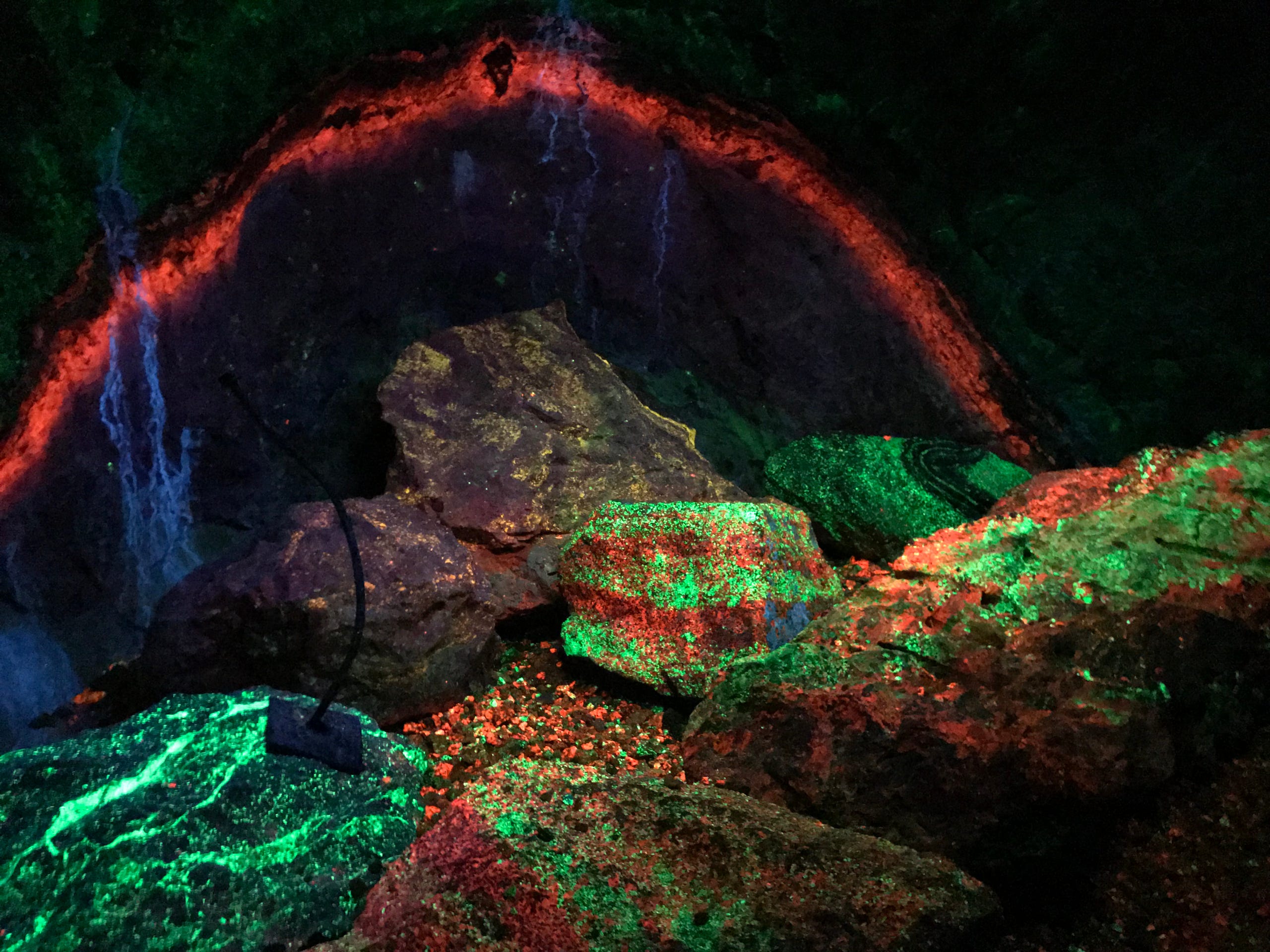Nature has its own way of unveiling itself. As John Muir said, “In every walk with nature one receives far more than he seeks.” And in some cases, what you can seek while walking in the lap of nature, can turn out to be something that you never even knew existed in this world. Stirling Hill Mine has a history of its own. This mine is different from the other mines that would usually extract diamonds and coal. This mine hides things inside it that are inconceivable to the human eyes. Let’s take a walk around the largest underground structure in the Northeastern United States and know the ecstatic journey of the Stirling Hill Mine, which is one of its own kind and has been through a lot before it could finally reveal the beyond-belief-extractions that it holds.
The History
The rural town of Ogdensburg, New Jersey has been an eye-catching scenic beauty for people traveling and driving in from Route 517. The most famous site along the route is the two old brick structure. That is from where the history of it all starts. Before Ogdensburg became the home place for all the mine-workers, it had been a “company town”. The New Jersey Zinc Company had taken over almost the whole of the town for more than a century and worked extensively. The zinc company had teamed with a number of miners so that they could extract all the prized ore and zinc that was available within the largest mine of Ogdensburg. They tried extractions in a lot of different ways but could not come across the unique discoveries of the mine.

Closed
After the company had made profits and even the city had profited materialistically, due to various other reasons the company and mine were officially closed in 1986. And this action was going to bring all the change in the small town. After it’s closure in 1986, brothers Bob and Dick Hauck thought that the mine could really be a profitable purchase for them. They thought about the place as a profitable business and bought it at a tax sale in 1987. The brothers decided to transform the mine into a museum and that is what has revealed all that the mine actually holds. It has been a place that has helped in educating people and also visitors who are left speechless after they visit this never-before-seen like mine.

Story-Teller
The museum in itself speaks on various different levels. It tells and exhibits the whole history of the mine, from the beginning to the present. The museum also shows all the back-breaking work that the miners underwent in the bygone years, and it shows it in a very unusual and creative way. The museum is vast, yet when you will reach the end of it, you will wish that you could see more of what it holds inside it. The museum that the mine is converted into is truly a treat for the eyes, showing the wonders of nature like never before.

Vastness
The museum is approximately 2,675 feet deep and stretches up to 35 miles, making a walking track nearly 1300 feet long. And it’s not just zinc that you will see when you take a walk in the museum, there’s lot more than that. The museum has things that people never knew even existed in this world of ours. The entrance unfolds a massive shaft that goes further down below the earth’s surface, which is as deep as 2000 feet and one of its kind.At the entrance, the new construction is a rainbow tunnel, which will make you feel like you are entering another universe. It is totally different experience and the best part is that this tunnel is just the starting. There’s a lot more that lies ahead.

The Gems
When you reach the region of Skyland, gemstones like sapphires, rubies, garnet, and many other jewels are hidden throughout the mines. And that is not all, a lot of other precious stones and crystal deposits are also found. The mine has a whopping 357 different kinds of minerals that it boasts of. These minerals make up to 10 percent of all the minerals that have ever been known to scientists. And that is not all that is special about the Stirling Hills. The mine has 35 special kinds of minerals that cannot be found in any other part of the whole world. In 1991, the museum was even added to the National Register of Historic Places because of its uniqueness and grandeur.
